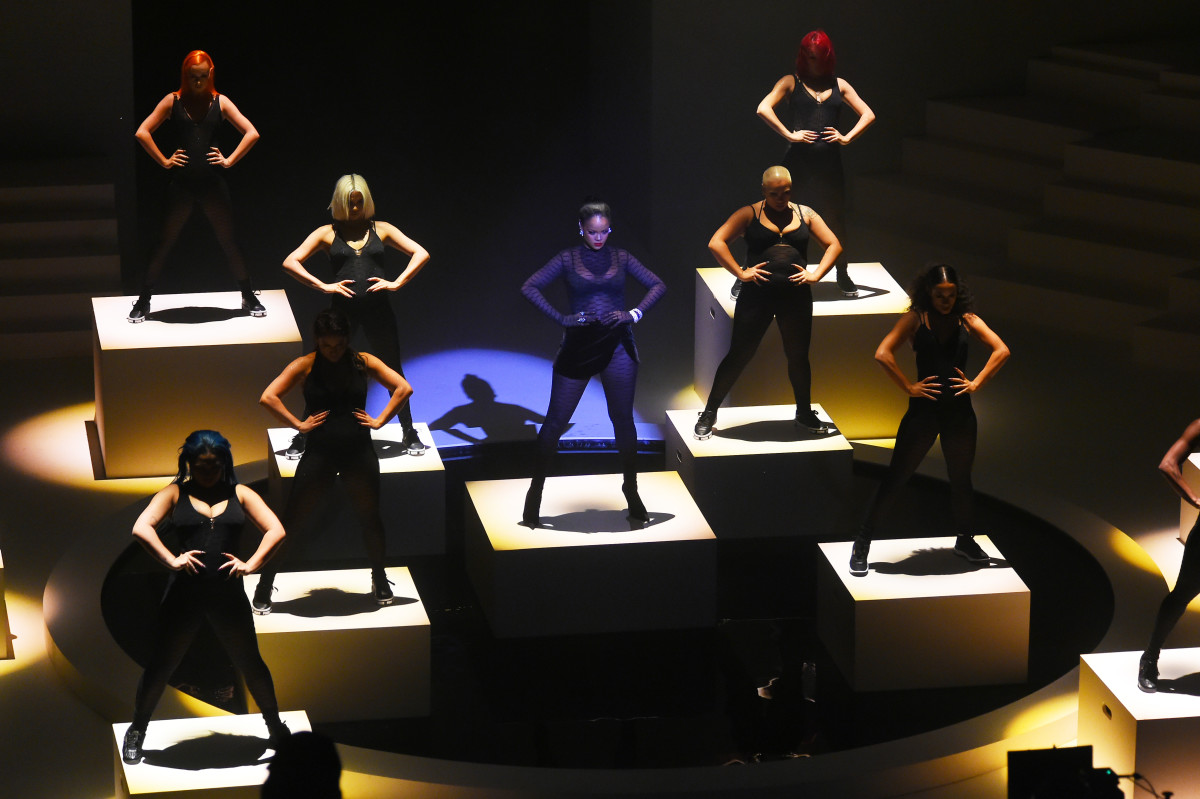What can you trade mark?
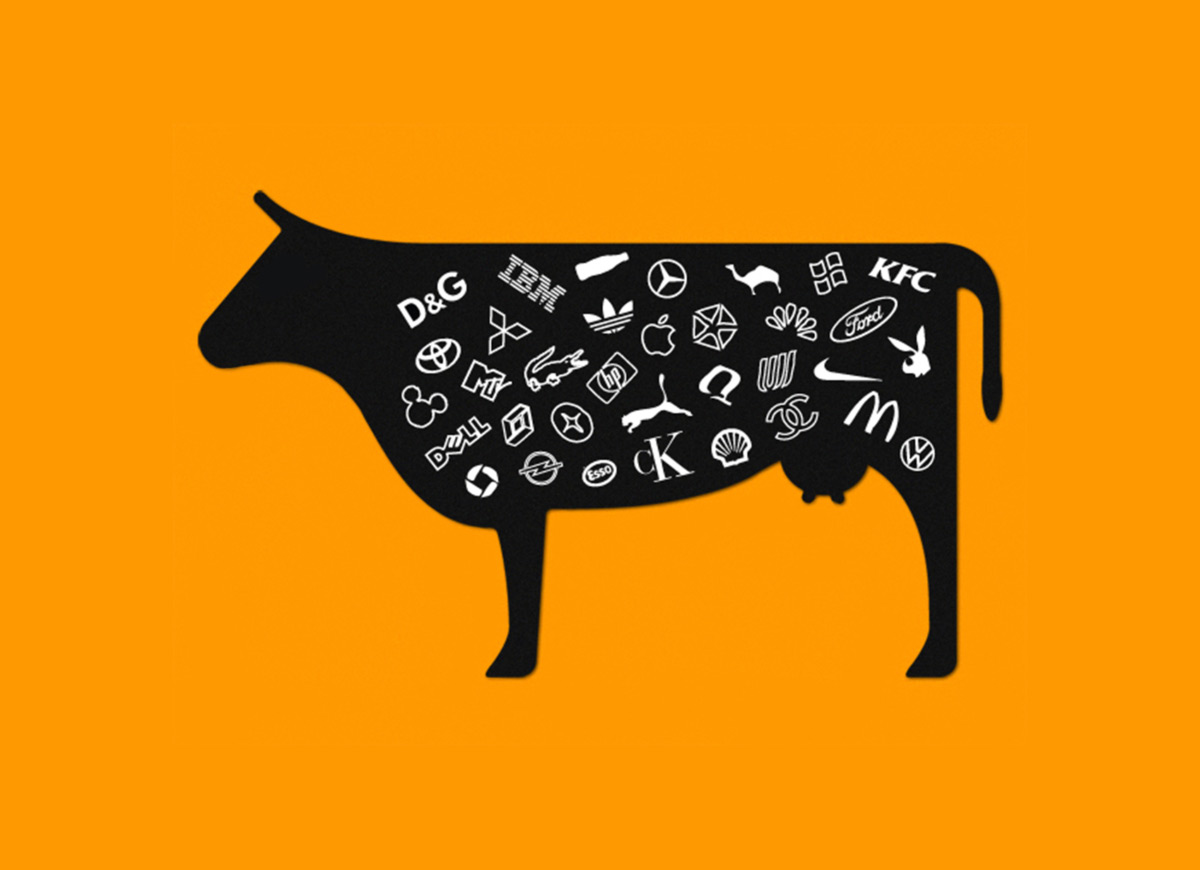
Most people think of brand marks, brand names and product names when they think of trade marks. But they are not the only assets that can be considered a trade mark that you can register to protect.
A trade mark can be a word, phrase, colour, sound, scent, picture, shape, movement, logo or any combination of these used to distinguish the goods and/or services of a particular trader from those of another. A trade mark is an element that gives your business its unique brand identity.
Trade marks symbolise the reputation or ‘goodwill’ of a particular brand. They signal to consumers that a particular product or service belongs to a certain brand and that it adheres to the same standards and values embodied by that brand. Business names are obvious examples of brands which signify the reputation behind the name, and the quality of the product of services associated with that business. But as we mentioned earlier, there are a lot more options for elements your business might consider a trade mark; let’s take a look at a few examples.
A scent can be a trade mark
While it might be difficult to register, if a scent is distinctive enough that it can distinguish goods or services as belonging to a certain brand, you may trade mark it.
Aroma Tee “Eucalyptus Radiata”
The only trade marked scent in Australia is owned by E-concerierge and is a eucalyptus scent applied to golf tees.

Grenedene Sandals “bubblegum”
In June 2015, Grenedene sandals received a trade mark approval for a scent on their line of bubblegum scented Jelly sandals.
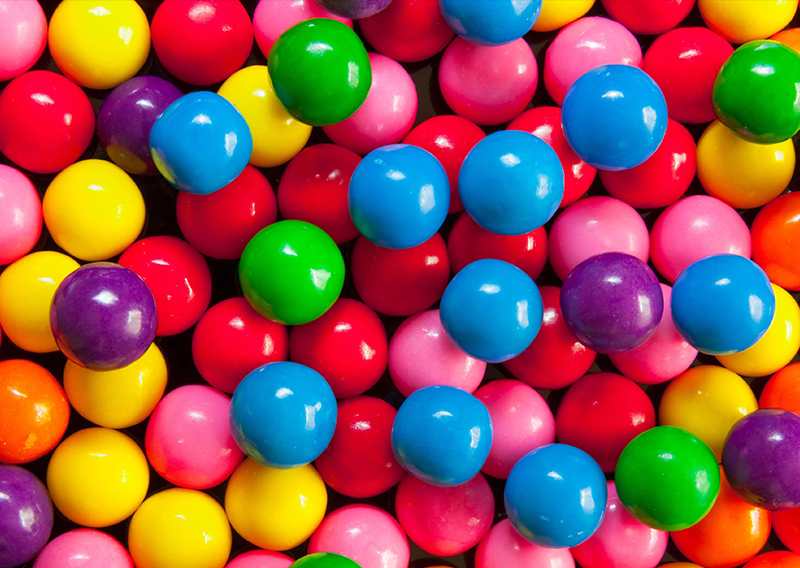
Verison – “flowery musk scent”
In October 2014, Verizon registered a trade mark the “flowery musk scent” they emitted in some of their stores claiming that the smell helps consumers distinguish Verizon from other consumer electronic retailers.
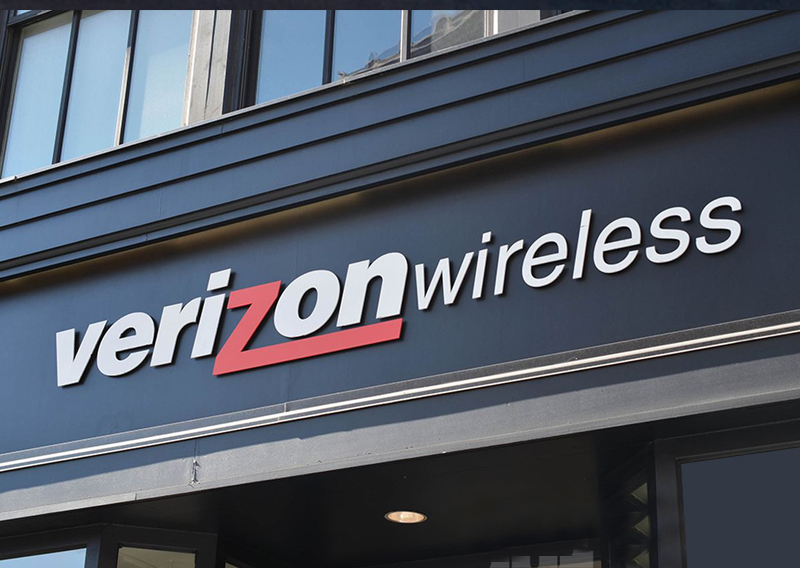
A colour can be a trade mark
If you can show that the public has come to recognise a colour as linked to your brand, you’ve got yourself a case for a colour trade mark. This doesn’t mean you own a particular colour, just that it allows you to exclusively use that shade of colour within your industry category. By the way, you’ll need a lot of proof that your colour is already absolutely linked in the minds of customers with your goods or service. It’s not an easy one to prove even Cadbury had a big job of proving “Cadbury” purple.

A sound can be a trade mark
Sounds that are immediately linked with a particular brand can also be considered a trade mark.
Darth Vader breathing
The “sound of rhythmic mechanical human breathing created by breathing through a scuba tank regulator,” has been trade marked by LucasFilms. You know how it goes.
Law & Order – Ching Ching
We call it the “boom boom” but we hear that the composer of the sound calls it “Ching Ching” as he gets a royalty from it every time it’s played. Universal holds the trade mark which is “two musical notes, a strike and a rapid rearticulation of a perfect fifth pitch interval, which in the key of C sounds the notes C and G, struck concurrently.” Boom, boom.
Intel 5 tone audio
You only have to hear these notes D Flat, D Flat, G Flat, D Flat and A Flat to know you’re listening to something to do with Intel. This is why it’s considered a trade mark.
Words or phrases can be trade marks
Trade marking can protect your taglines or positioning lines, when they are intrinsically linked with your brand. Lots of celebrities and songwriters also take advantage of being able to trade mark phrases closely linked with them so that other people can’t just start using them to make money from them.
Positioning lines, taglines or slogans
There are loads of them. Here’s just a few you’re probably familiar with:
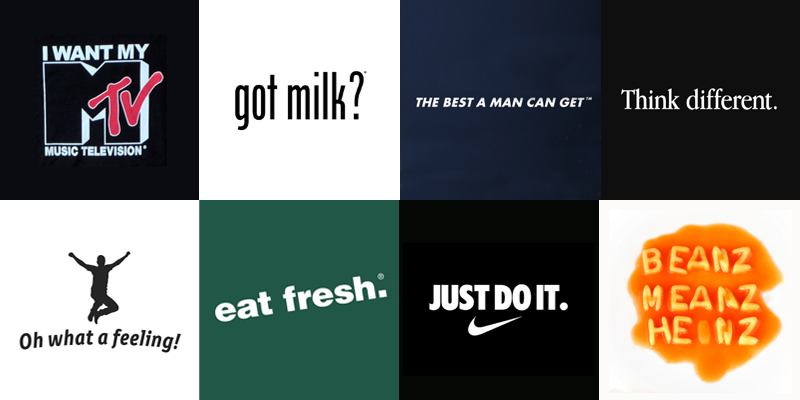
Song lyrics
Recently Taylor Swift trade marked some lyrics and words from her 1989 album “This sick beat,” “Party like it’s 1989,” “’cause we never go out of style,”. No one other than Tay Tay can profit from the terminology now.
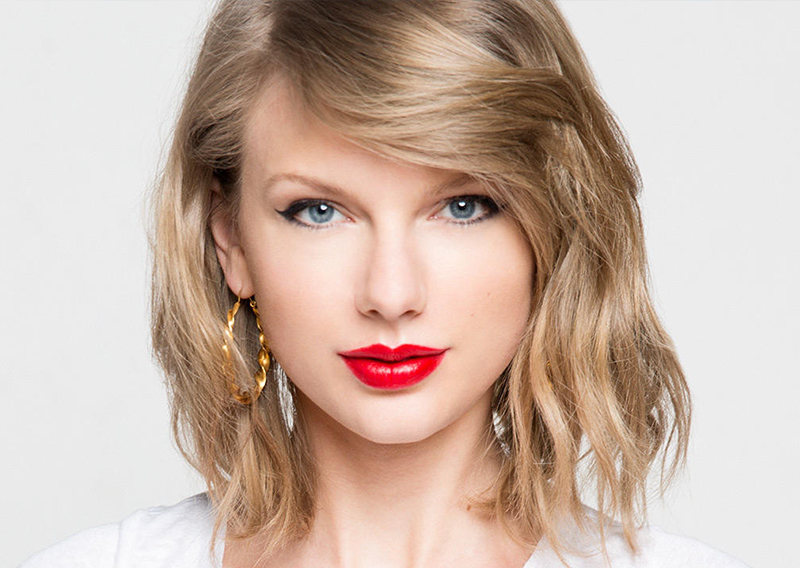
‘Let’s get ready to rumble’
Michael Buffer the boxing announcer decided to trade mark his catchphrase in 1992. It’s reported that he’s sold the rights to use the phrase to movie and video game makers to the value of over $400 million dollars.
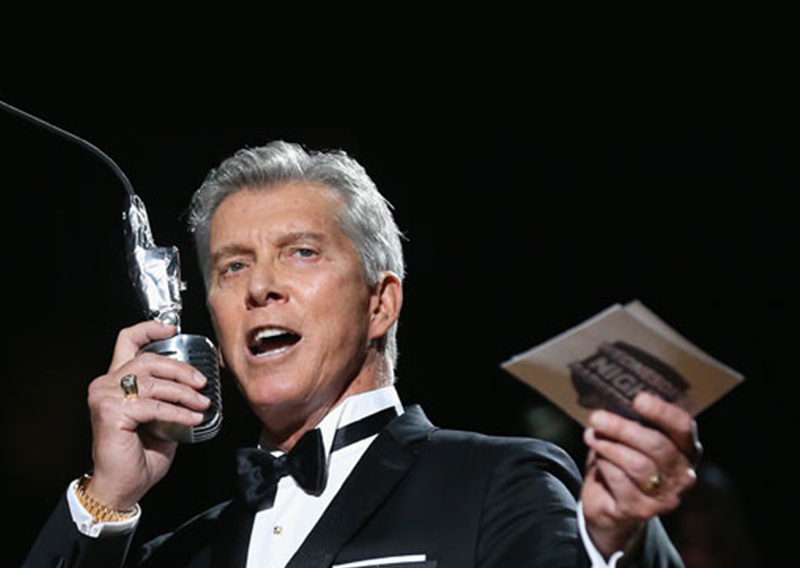
A unique shape can be a trade mark
You can protect an overall shape in relation to a good or service with a trade mark. Here are some examples of some very familiar shape trade marks.
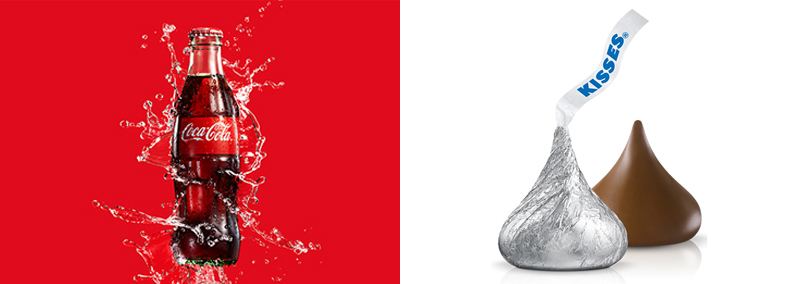
And of course brand names and logos are trade marks
And finally we come right back to the trade marks that people are most familiar with; brand and product names and brand marks or logos. Brand Naming in particular is much more challenging today when urls are often required to match a business name. They are deserve protection. Here are a few examples of brand names and brand marks we’ve created that have been wisely registered and trade marked by our clients.
Anna Rogers
Anna is the Managing Director at Brands to life®, an award-winning branding agency that creates memorable and authentic brand experiences. With over 25 years in the communications industry,Anna is focused on the emotional connection between brands and people. Launching or relaunching brands, making them relevant again, helping brands catch up to and surpass the competition or just breathing some new life into brands. Refining brand strategy to solve problems and drive growth for businesses is what gets Anna up each day. Usually way to early.

But are you going to register your trade mark?
Michael Buffer can probably give you 400 million reasons that it’s a good idea to register your trademark if you can…
Registering your trade mark can prevents third parties from marketing their products under your mark, or a mark that is deceptively similar. The use of deceptively similar trade marks by other traders can confuse consumers and may effectively allow competitors to ‘steal’ the reputation of your brand. Furthermore, where deceptive marks are used by your competitors in association with inferior products, your reputation in the marketplace may be diminished or damaged. Registering your trade mark is the most effective way of protecting yourself from this kind of conduct and ensuring you maintain control over the use of your mark in the market.
A trade mark can be your most valuable marketing tool when the public identifies a certain quality, reputation and image with goods and services.. The more successful your business, the more valuable the trade mark becomes. They’re worth protecting.
So, if you have a particular trade mark (remembering this can mean a word, phrase, colour, sound, scent, picture, shape, logo/brand identity or any combination of these) in association with your goods or services, you should seriously consider registering it as a trade mark.) Registering trade marks can range from smooth sailing to massive legal wrangling. We recommend, as a starting point. talking to our friends at Media Arts Lawyers who can walk you through the necessary (but laborious) task of registering your trade mark. Good luck with it.

